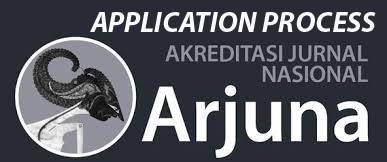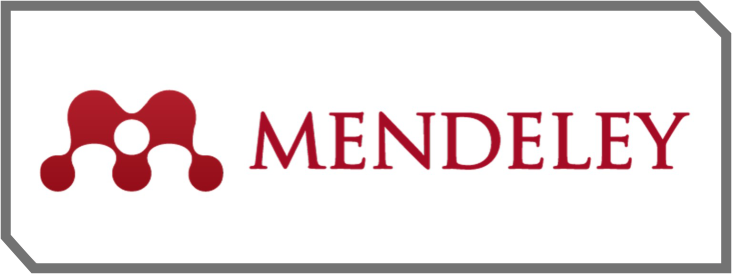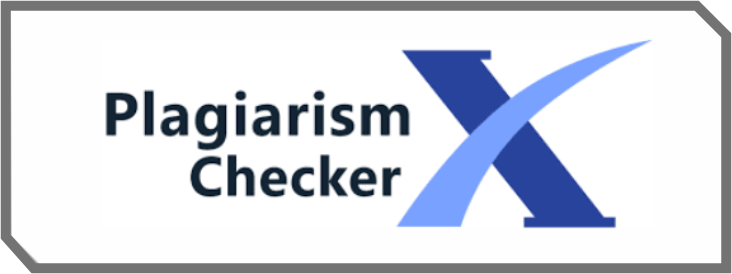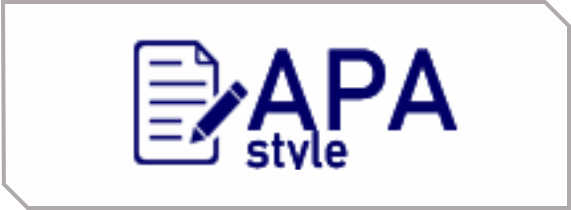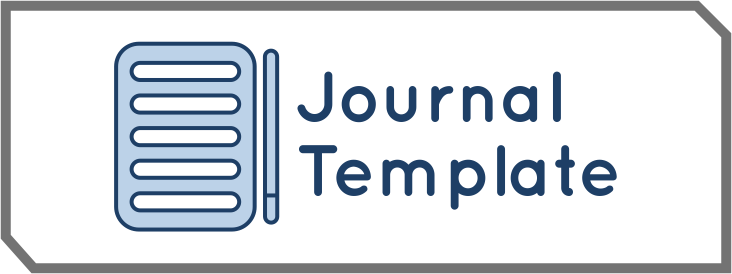Pelaksanaan Vaksinasi Covid 19 Dosis 2
DOI:
https://doi.org/10.59059/jpmis.v2i1.2187Keywords:
COVID-19 vaccination, public participation, second doseAbstract
The second dose of the COVID-19 vaccination plays a crucial role in enhancing protection against viral infection and strengthening the body's immune response. However, challenges remain in its implementation, including low public participation and limited awareness of the benefits of full vaccination. This study aims to evaluate the implementation of the second dose of COVID-19 vaccination, including participation rates, encountered barriers, and increased public awareness. The method used is a quantitative approach with a pre-test and post-test survey before and after vaccination education. The results indicate a significant increase in public understanding and participation after the educational intervention. Therefore, educational and socialization strategies should be continuously reinforced to optimize COVID-19 vaccination coverage.
References
Badan Perencanaan Pembangunan Nasional (Bappenas). (2021). Laporan evaluasi program vaksinasi Covid-19 di Indonesia. Bappenas.
Kementerian Kesehatan Republik Indonesia. (2021). Pedoman pelaksanaan vaksinasi Covid-19 di Indonesia. Kementerian Kesehatan RI.
Nugroho, A., & Setiawan, D. (2022). Analisis dampak sosial vaksinasi Covid-19 terhadap generasi muda di Indonesia. Jurnal Sosial dan Kesehatan, 7(1), 42-50.
Rahmawati, F., & Putri, R. (2021). Peran tenaga kesehatan dalam vaksinasi Covid-19 pada siswa sekolah menengah. Jurnal Ilmiah Kesehatan, 18(3), 210-220.
Siregar, M., & Hidayat, A. (2022). Meningkatkan kesadaran masyarakat tentang vaksinasi Covid-19 melalui program edukasi dan sosialisasi di sekolah. Jurnal Kesehatan Masyarakat, 11(2), 115-121.
World Health Organization (WHO). (2021). Covid-19 vaccines: Safety and efficacy. Retrieved from https://www.who.int.
Downloads
Published
How to Cite
Issue
Section
License
Copyright (c) 2023 Jurnal Pengabdian Masyarakat Indonesia Sejahtera

This work is licensed under a Creative Commons Attribution-ShareAlike 4.0 International License.


